Swimming Pool Ionizer Information
By Robert W. Lowry
Most pool owners that are considering buying an ionizer do so because they want to eliminate chlorine completely from their pools. They have heard that chlorine causes cancer (which it does not) or they say that they are allergic to chlorine (which is highly unlikely). In short, they are unhappy with their current method of pool water chemistry and disinfection. So they turn to an alternative in the hopes that it will solve their problems and be the magic bullet for water chemistry problems.
Chlorine Does Not Cause Cancer
Many newspaper articles, blogs and pool forums have stated that chlorine causes cancer. This is simply not true. The idea that chlorine causes cancer comes from the fact that chlorine can form one of many THMs (trihalomethanes) if there are organic precursor chemicals in the water and if the ratio of free chlorine to precursor is less than a specific level. So in order to make THMs there must be precursor chemicals in the water and an insufficient level of chlorine.
THMs are suspected carcinogens and are not allowed in drinking water at levels higher than 1 ppb (part per billion). If municipal treated water is used in filling the pool, there are no THMs in the water. Precursor chemicals are usually man-made chemicals such as pesticides, fertilizers and other synthetic organic chemicals. So many marketers of alternatives to chlorine try scaring prospective customers by connecting chlorine with cancer. Given the fact that EPA only allows THMs at 1 ppb then it seems logical that if chlorine caused cancer, they would not allow it in drinking water.
The fact is that more than 95% of all drinking water in the US is treated with chlorine. Since 1912, virtually all drinking water in the US has been treated with chlorine. Chlorine is one of the most studied chemicals in the world.
Killing Bacteria and Algae Is Only Part of the Job
There are two separate and distinct tasks necessary to provide safe and pleasant pool water. One task is disinfection and its purpose is to kill pathogenic (disease-causing) organisms such as bacteria, parasites, viruses and to kill other organisms like algae, mold, mildew and spores. We need to kill bacteria and algae fast. The biggest reason is that we want to minimize the person-to-person transmission.
The secondary task is oxidation of swimmer waste such as sweat, urine, saliva, mucous and other bodily fluids. In addition, we need to oxidize or destroy all the personal care products such as creams, sunblock, soap, oils, deodorants, antiperspirants, makeup, lipstick, lip gloss, hair spray, hair conditioner, styling gel, perfume, cologne, foot powder and baby powder to name a few. The Household and Personal Products Industry states that each adult American uses nine of these products daily.
Bad Taste, Offensive Odor, Color and Metal Removal
We also need to control taste and odor, remove color, remove iron, manganese and copper and make the water pleasant to swim or soak in.
- No Undesirable, Hazardous or Toxic By-Products
- After doing all of this, we want no undesirable or potentially hazardous or toxic by-products.
- Measurable, Lasting Residual to Protect Against Future Contamination
- And finally, we want to supply an easily measurable, lasting residual to the water to protect against further or future contamination and unusually large events like pool parties or game playing.
- Must Be Co$t Effective, we need to do all of this at a reasonable cost
If we consider that together these two tasks are 100% then only 15% is disinfection and 85% is oxidation. The biggest job is oxidation – getting rid of all that people stuff.
There is one chemical that does both of these tasks – Chlorine. No other single chemical will do all of the things listed above.
The above outlines all of the things that are required to provide safe, pleasant and desirable pool water. Now we can take a look at which of these goals ionizers or for that matter, any other chemical or device might accomplish.
What is an Ionizer?
Ionizers are electrical devices that have an anode or electrode that is usually plumbed into the existing pool plumbing line. Ionizers release ions of copper, silver, zinc or other metals into water. Basically, they kill bacteria and algae by exposing them to these metal ions. The bacteria and algae consume the copper or other metals and they die. Copper kills bacteria at a concentration of 0.2 to 0.4 ppm (part per million).
There are two types of ionizers. The first is an electric ionizer, which utilizes electricity to charge the metals until they release ions. They can use electricity and be plumbed into the pool plumbing or there are floating ionizers that use a small solar panel for electricity. There are many manufacturers and lots of models of each of these ionizer types.
The second is a mineral cartridge ionizer, which utilizes the water flowing through a mineral packet to steadily release the metal ions. These are sometimes referred to as mineral purifiers and there are two unique products. One is Nature2 and the other is Pool Frog. We usually don’t mention brand names but there are only one manufacturer of each of these devices.
The most common ionizer is one with a copper anode that may or may not have some silver mixed in. It has been known for centuries that copper kills bacteria and algae. In fact, the largest selling category of pool algaecides on the market today is copper based algaecides.
Although the statement is made that copper kills algae and silver kills bacteria and viruses, this is not exactly true. Yes, copper at sufficiently high levels kills algae, but copper and silver both have limits against bacteria and viruses. Specifically, copper does not kill fecal bacteria and both copper and silver together only kill bacteria slowly. Also, they are relatively ineffective against many viruses.
Recommended Copper Level
Most ionizer manufacturers recommend a copper level of 0.2 to 0.4 ppm and a silver level of 20 ppb (parts per billion) in the water. The copper or other metal ions must then be replaced to provide continuing protection. Usually you make a test of the pool water for copper and if the concentration is from 0.2 ppm to 0.4 ppm then no adjustment is necessary. If the level is below or near 0.2 ppm, then the control on the ionizer needs to be set to a higher value. If there is too much copper in the water there is a risk that staining may occur. This is avoided by lowering the control setting. Ionizer manufacturers recommend check the copper level in the pool water once a week and adjusting the setting to maintain 0.2 to 0.4 ppm copper.
Too Much Copper Causes Stains
Keeping the pH and alkalinity (and water balance) is also important. Copper is dissolved in water much like you would dissolve sugar or salt in water. It is not a visible particle in water. However, just like sugar or salt dissolved in water, the water can only hold so much metal. The point at which a substance will receive no more of another substance in solution or chemical combination is called the saturation point. The pH, alkalinity, calcium hardness and water temperature are all factors in determining the saturation point for copper and silver in pool water. The lower the pH and alkalinity, the more copper can be dissolved in the water.
However, if the amount of copper exceeds the saturation point, it will precipitate out of the water and cause blue or green staining on pool surfaces or people (think green hair or blue fingernails). As the pH rises, the water can hold less copper.
As a result, ionizer manufacturers suggest keeping the pH between 7.2 and 7.4 and alkalinity between 90 and 120 ppm. By keeping pH and alkalinity at these levels, the water can have up to 0.5 ppm copper without causing staining.
Some ionizer manufacturers also recommend using a sequestering agent (metal stain preventer). However, many sequestering agents contain phosphate ingredients. Phosphates are the main nutrient source for algae. So, it is possible that you might be providing food for algae by using a sequestering agent to prevent staining.
Copper and Silver for Killing Organisms
Metal ions do not kill pathogens quickly enough to be used (by themselves) in commercial or public pools because they may not be able to prevent person-to-person transmission of disease and do not always control bacterial growth (E.coli, for example). When the free chlorine in the pool water is around 10% of the CYA (cyanuric acid) level (roughly equivalent to 0.1 ppm FC with no CYA), most common heterotrophic bacteria are killed by chlorine in under one minute (for a 99% kill). It takes silver ion and copper ion far longer for an equivalent kill. The following table shows kill times normalized to a 3-log reduction (99.9% kill) for various bacteria, viruses, and protozoan oocysts
| Pathogen | Chlorine | Copper | Silver | Notes |
| Bacteria (planktonic, not biofilms) | 0.1 ppm | 0.4 ppm | 20 ppb | |
| Escherichia coli | <1.2 | No effect* | 50 | *Some studies show injury but not death over days |
| Pseudomonas aeruginosa | 1.5 | 58.5* | 225 | *No effect for some phenotypes |
| Stenotrophomonas maltophilia | ? | 52.5 | 42 | |
| Acinetobacter baumannii | 100 | 129 | 1770* | *Effectively no effect |
| Legionella pneumophila | 60 | 12 | 1050* | *Effectively no effect |
| Enterococcus faecalis (Formerly called streptococcus faecalis) | < 1 | No effect | ? | |
| Staphylococcus aureus | < 1 | No effect | 225 | |
| Virus | ||||
| Herpes Simplex Virus (HSV) | < 1800 | 22,500 | 5825 | |
| Vaccinia virus | < 2500 | no effect | no effect | |
| Adenovirus | < 8.7 | ? | < 8.7 | no effect |
| Vesicular stomatitis virus (VSV) | < 1500 | ? | no effect | |
| Poliovirus | < 95 | >5000 | no effect | |
| Hemagglutinating Virus of Japan (HVJ) | ? | ? | no effect | |
| Coliphage MS-2 | 1.8 | 130 | Combo | |
| Influenza | 6.0 | 617 | ? | |
| Protozoan oocysts | ||||
| Naegleria gruberi | 208.5 | ? | ? | |
| Naegleria fowleri | 425 | 17,000 | 23,000 | Data for chlorine is for cysts; copper/ silver it’s amoeba in water |
| Giardia intestinalis | 232 | ? | ? | |
| Cryptosporidium parvum | 153,000 | >4320 | ? |
Copper and Silver Are Too Slow
You can see that only a combination of BOTH copper and silver is effective at inhibiting bacterial growth though the kill times are much slower than chlorine. Nevertheless, they should be fast enough to prevent uncontrolled bacterial growth. However, against viruses, they are either very slow or have no known effect. This makes sense because copper and silver are not oxidizers so tend to only interfere with active live pathogens where active chemical reactions are important. For viruses, they are essentially dormant until they enter a host. They are also not effective against protozoan oocysts, but chlorine isn’t good there either though it does slowly kill most of them (Naegleria and Giardia are 99.9% killed within 7 hours) though not Cryptosporidium (at normal pool chlorine levels). You may need to keep a low free chlorine residual in the water or add chlorine once or twice a week to kill the things that copper and silver cannot kill or kill very slowly.
Oxidizer is Needed
Also, without using any oxidizer in the pool the sweat and urine would build up and people would end up swimming in a lot of sweat and urine. If you don’t use chlorine, you should use some sort of oxidation or oxidizer such as monopersulfate (MPS) or ozone.
For spas, there is a metal ion system approved by the EPA, it is called Nature2 and it uses silver ions in conjunction with MPS, a non-chlorine shock, but this is only approved for hot spa temperatures, not for pools. However, to keep the water clear, people usually need to use chlorine once in a while — every week or two.
We Gave You the Complete Details on Ionizers
Now that you know what’s involved in disinfection, oxidation and providing safe water to swim or soak in, you can make an intelligent decision about whether an ionizer is something you might consider. Ionizers obviously don’t do the whole job and may not even be adequate in some circumstances. But if you are looking for an alternative, they may work for you.
Not Happy with Your Current Method of Pool Water Care?
As I said at the beginning, most pool owners considering an ionizer, a chlorine generator, ozone or some other device or method of pool water care are doing so because they are not happy with what they are currently doing or they feel lost or uncertain about how to take care of their water. They often feel like the pool store is in control of their pool or they make the water tests and still don’t know what to do to correct it.
Well, cheer up. We have good news for you. There is a new easy method for taking care of your pool that puts you back in control of your pool. It is easy to follow, easy to understand and it uses cheap inexpensive chemicals that you can buy at the grocery store, home centers, hardware stores or mega-store. It uses liquid chlorine or liquid bleach, acid, baking soda, borax and air. It is available as an eBook or print version from Amazon.com.
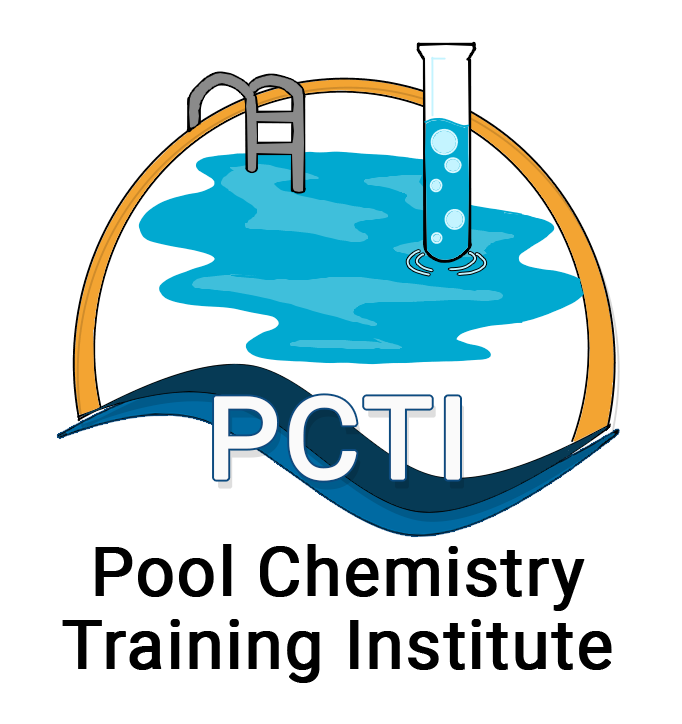

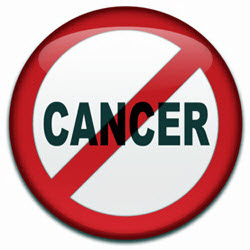
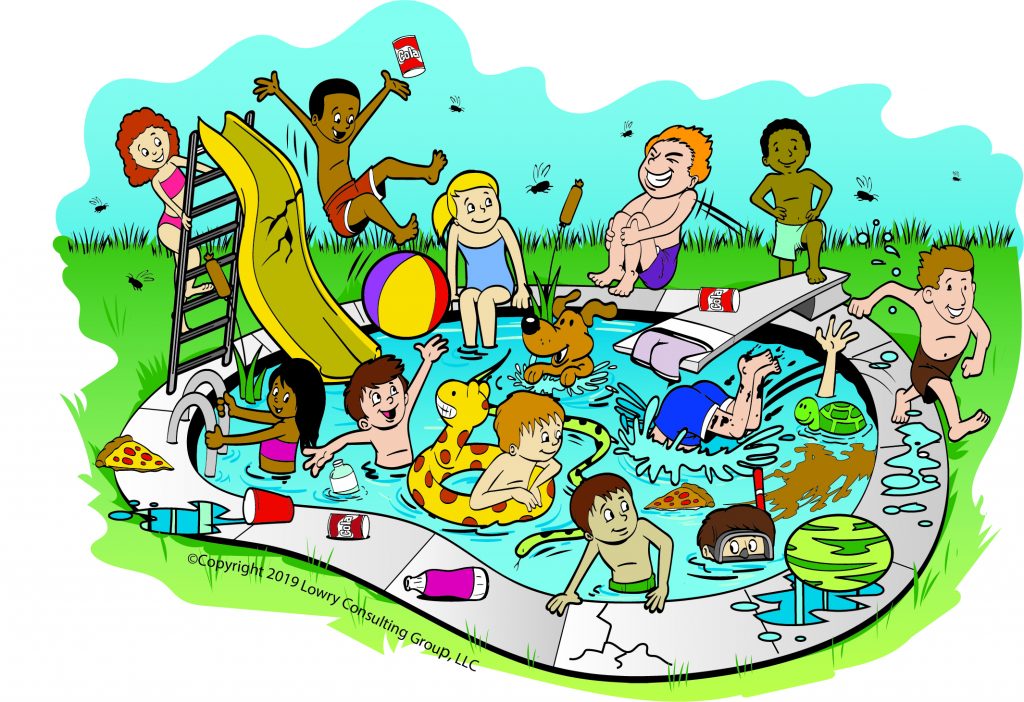




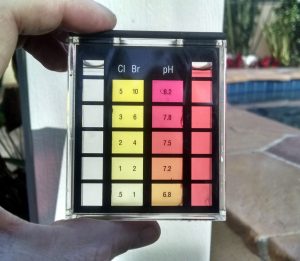

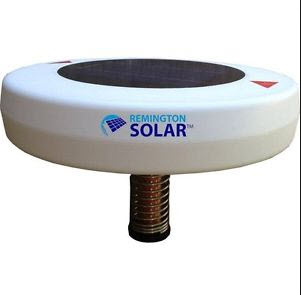
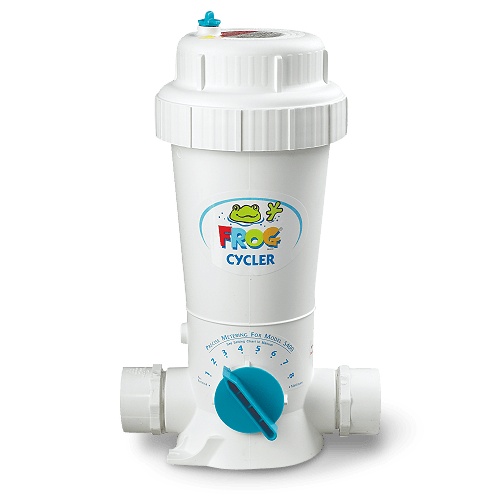
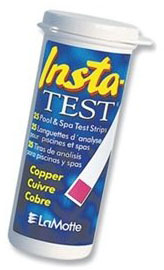

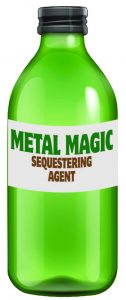
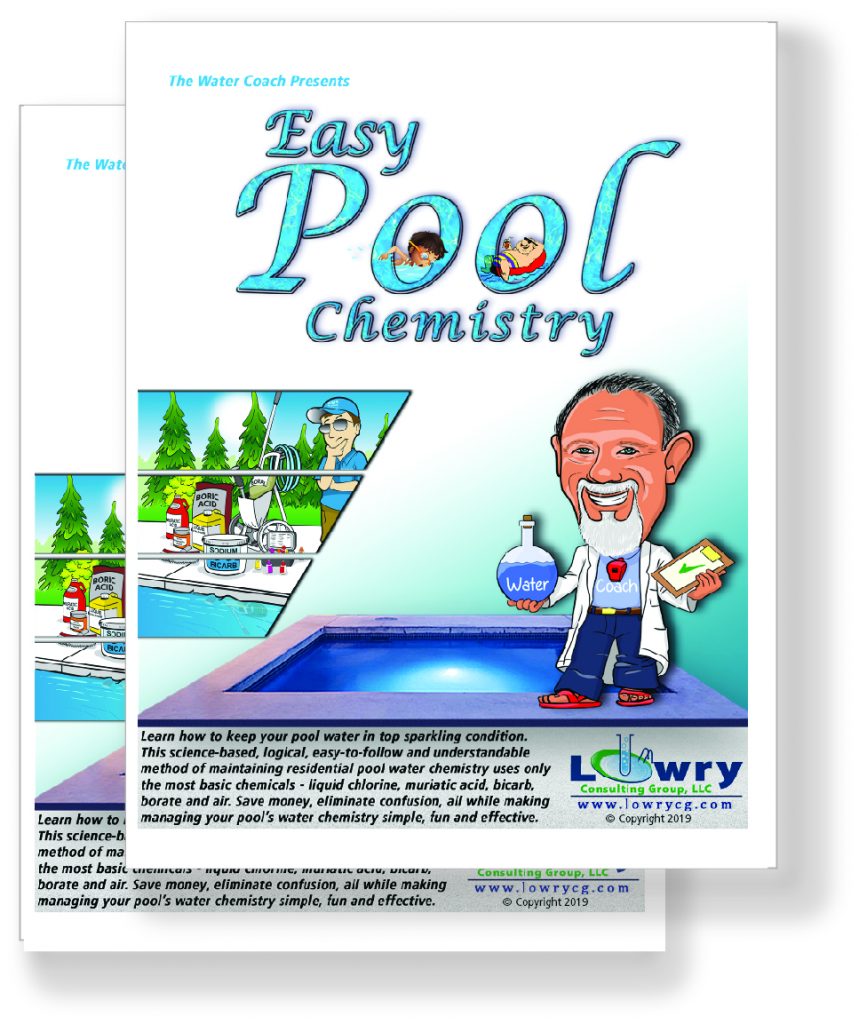



Leave a Reply
Your email is safe with us.
You must be logged in to post a comment.